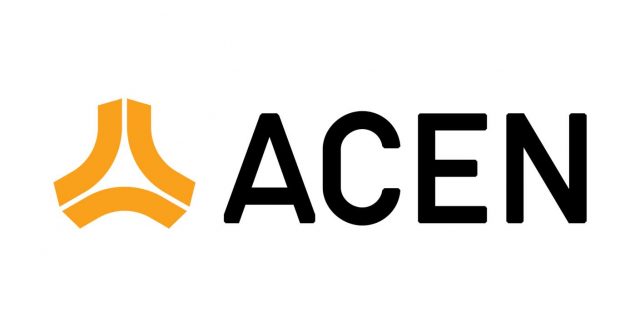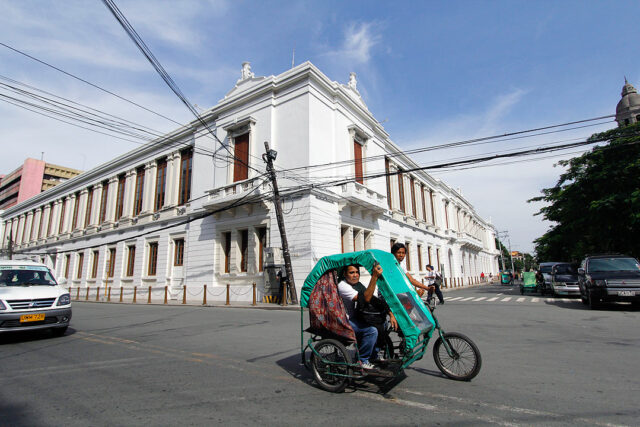Interview by Kap Maceda Aguila
THE CHANG INTERNATIONAL Circuit, the first FIA Grade 1 circuit in Thailand, is located in BuriramProvince right in the lower northeast region of the country — some 400 kilometers from Bangkok.
Recently, it proved to be the perfect venue for the BMW Driving Challenge — offering customer and media participants from Malaysia, Singapore, Thailand, and the Philippines a rare chance to push internal combustion engine (ICE)-powered and electrified BMWs on the track, attack gymkhana-style courses, and even off-road sections (in the case of the BMW iX) — ultimately getting a better appreciation of what these machines are capable of beyond the everyday drive. Featured models included the M2, M340i, 330e M Sport and the iX xDrive40 Sport.
In attendance was Kidd Yam, once the chief of Mini Asia and now BMW Group Asia Corporate Affairs Director. After joining the Munich-headquartered brand group in product, sales, and marketing posts in Malaysia in 2010, Mr. Yam went on to Singapore in 2018 for his regional role in Mini.
On the sidelines of the event, we sat down with the executive for a chat. Here are the excerpts.
VELOCITY: What’s the message that the company wants to convey through this event? Why these particular models?
KIDD YAM: All in all, it’s to show that BMW M models are really very track-focused and performance-oriented. This is also a good experience and opportunity to showcase some of the technologies on the newer models like BMW X4M and, of course, the BMW M2 which is coming soon to the Philippines. This is an opportunity for our customers not only in the Philippines but also from Singapore, Malaysia, and Thailand to experience all the featured models. BMW is also going strong with electrified models and we do have the BMW iX that we let our participants drive around the track, and feature its X Drive feature through an off-road course. Not often can you bring a car like the iX off-road, and we’ve shown that the car is able to push the limit — utilizing all the four wheels through the X Drive technology. We also have our other electrified models, not just the full BEVs, like the 330e model available for the guests to experience not only on the track but through gymkhana exercises.
Maybe it’s correct to say that the average person isn’t really used to the idea of electric vehicles being performance vehicles that can also excel on the track — in the case of the iX, not just the track but even off-road situations.
Yes, at the end of the day the iX is a fully electrified model, of course. More importantly, it also features the X Drive technology, which is different from the combustion engine setup in that this is a purely electrified drivetrain system, and features the similar X Drive which is basically BMW terminology for an all-wheel drive system.
BMW, particularly in the Philippines, has been pretty busy lately with the release of new models. I’ve previously asked you this, but how is the supply situation now?
We all can see from the news that most brands and manufacturers are still facing issues with semiconductor supply. But, I think, thanks to the flexibility in terms of BMW production capability, we managed to secure a sufficient number of semiconductors and electronic components that we need to build the cars. More importantly for the Philippines, because of the lead time that we have from the production of the cars to their shipment to the country, most of the time there would already be sufficient units to cater to the first group of customers who order BMWs. More important is the communication, together with SMC Asia Car Distributors Corp. (official country BMW importer and distributor), to the customers to manage their expectation and communicate precisely when exactly the cars can actually be available.
That being said, the demand has been pretty strong — as we have seen for the past few months and even years in the Philippines… and, touch wood, so far, supply has been pretty constant.
Okay, so allocation-wise, it’s getting better?
Exactly. This is also through a lot of intense discussion and communication from our side, together with our importer in the Philippines, and also with our HQ in Munich as well, to ensure that we basically meet the demand together with the supply that we can provide for the markets like the Philippines.
BMW is aggressively rolling out electrified models — both plug-ins and BEVs — in the region. What is the brand seeing in the ASEAN region, particularly in the Philippines, that is giving it the confidence to introduce these vehicles? How would you describe the region’s readiness for electric models?
I can’t speak on behalf of other ASEAN countries save for the countries that BMW Group Asia covers (Bangladesh, Brunei, Cambodia, Guam, Indonesia, Laos, Myanmar, Nepal, New Caledonia, the Philippines, Singapore, Sri Lanka, Tahiti, and Vietnam). First things first: I think the most important thing is what the customer wants. And we can see the trend toward greener vehicles or a greener drivetrain that our customers are demanding. One of the options is, of course, the electric vehicle. We can see this happening already, not only in the Philippines but also in Singapore, in Indonesia, where our customers are actually asking us for more options in electrified vehicles. Hence, we have more and more electrified vehicles being introduced in the market. And of course, talking about the government policy, on one hand, most governments are trying to push the introduction of more electric vehicles, not only because they want to meet the demand for cleaner or more sustainable practices… but because there’s a demand from the citizens of the countries. One good example is Singapore. The Singaporean government has committed that by 2030, only green vehicles can be allowed to be sold and registered.
Green meaning at least a hybrid?
At least a hybrid or full electric — or it could be a new technology introduced later on. In Indonesia and the Philippines, there are some incentives that have been rolled out by the government. I think this is highly appreciated by the people but, of course, there are more things to be considered as well. We have to think about the infrastructure in terms of charging stations, or whether the national grid can support the increased use of electricity across the board. But like I said, more important is customer or user demand.
Do you see a future wherein both electrified options and ICE-powered vehicles can coexist? Will you push one type over the other? What’s the strategy of BMW for the region?
It’s a very difficult question to answer, but in terms of what the BMW Group has announced publicly, we are using the term “technology openness.” We are not putting all our eggs in one basket, but at the end of the day, it also depends on customer needs; if there’s still a demand for combustion engines in certain markets. Take a country as big as the Philippines; you can’t be electrifying all the vehicles yet. You still have commercial vehicles that need to run on diesel or gasoline. And of course, in urban cities where electrified vehicles are more prominent or could have a potential to be utilized, then they can be the options there. If there’s still a demand for combustion engine models, then we will still continue to have that kind of model — at least in the next five to eight years. “The power of choice” is also one of the terms that BMW has been using. For example, when we launched the iX3, we mentioned that we still have the diesel, the petrol, we have the plug-in, and we have the fully electrified. So it really depends on what the customer needs.















